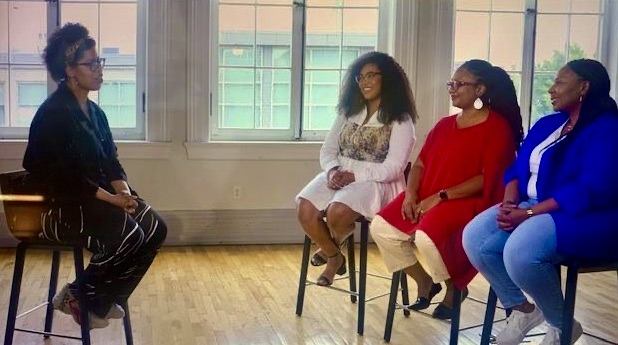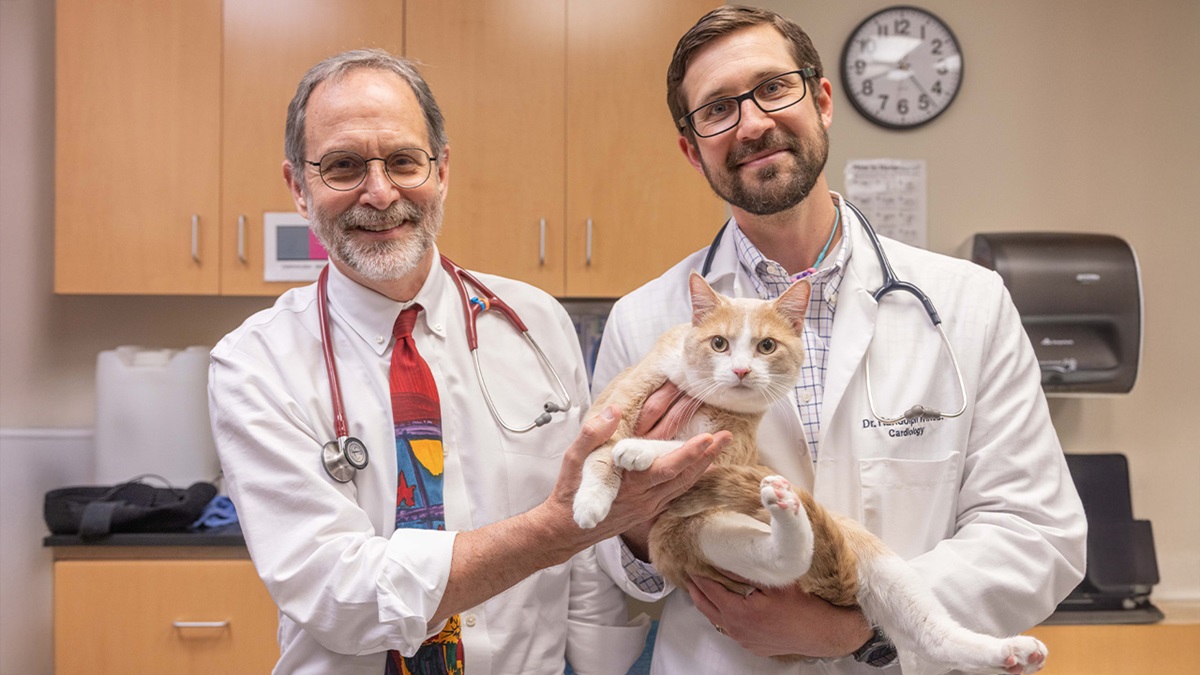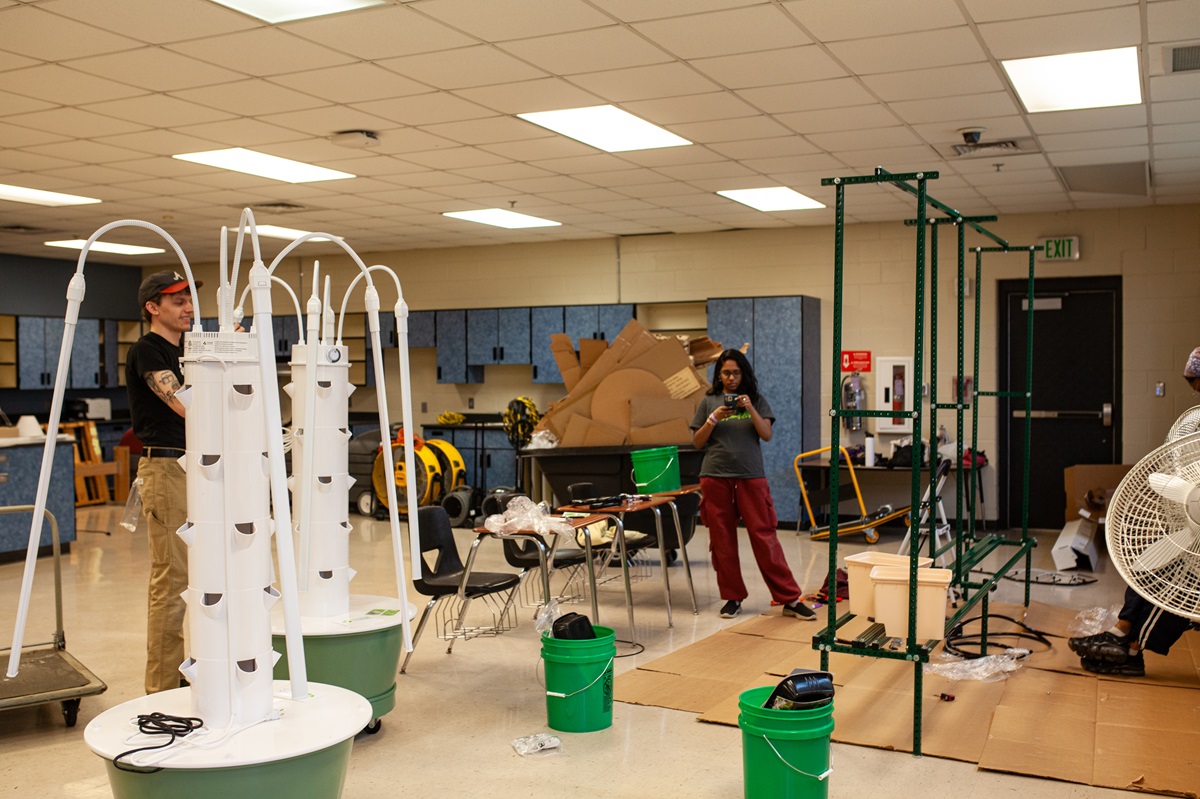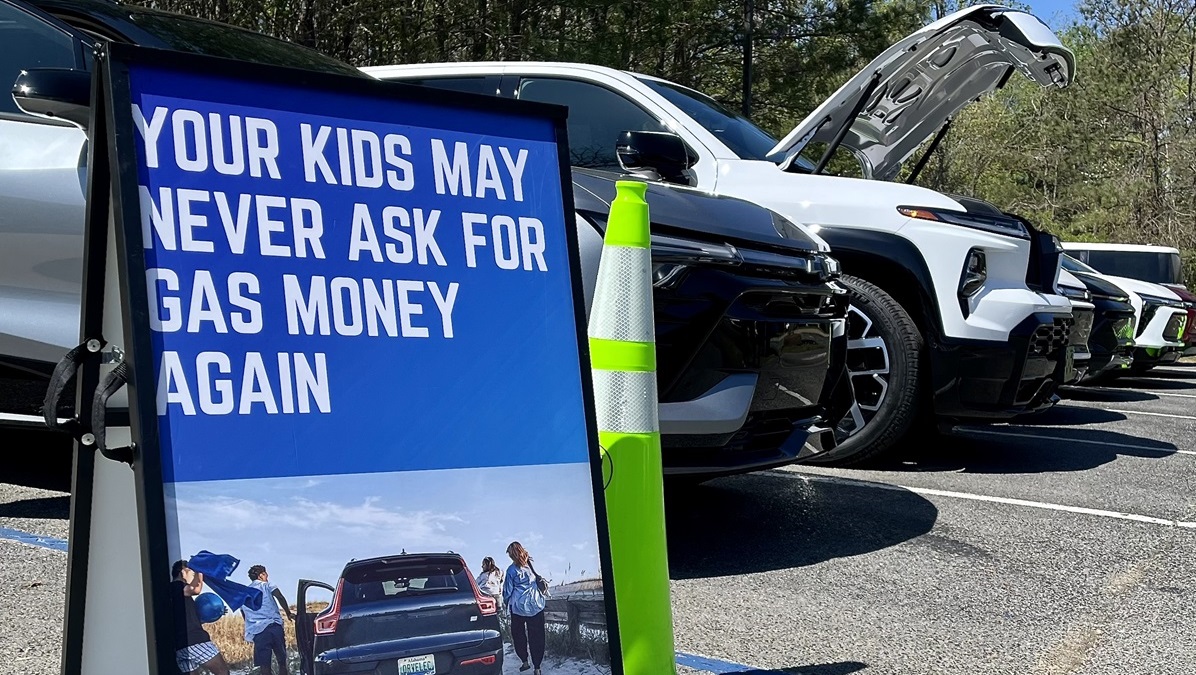Auburn University faculty members create device to reduce heat-stress risk for construction workers
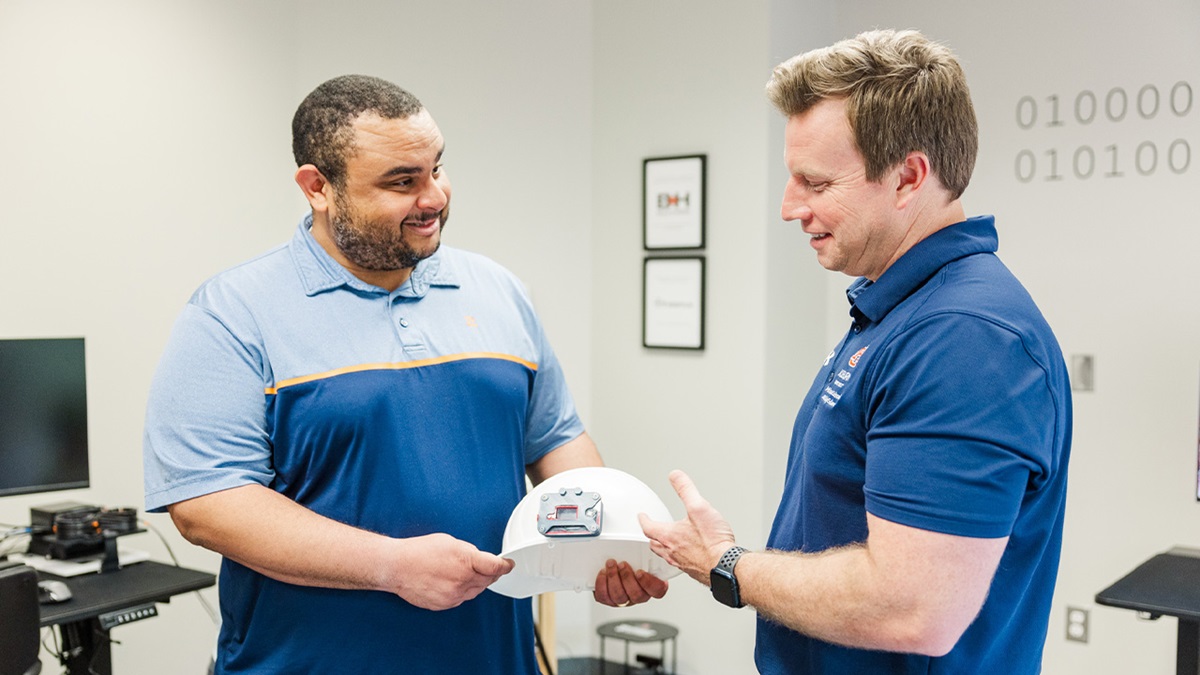
Auburn University building science faculty members Ken Sands, left, and Eric Wetzel examine a construction worker's hard hat fitted with the Core Temperature Visualization System (COTVIS), a device they created drawing on Sands’ expertise in heat safety and Wetzel’s programming skills. (contributed)
Have you ever noticed a construction worker on a hot summer day securing asphalt shingles to a roof under the relentless 100-degree sun?
Well, Auburn University building science faculty members Eric Wetzel and Ken Sands have, and they know that, if left untreated, heat-related illnesses can cost construction companies time and money.
That’s why they’ve created a novel device called the Core Temperature Visualization System (COTVIS) aimed at alleviating the burden of heat stress for construction workers.
Wetzel said worker perceptions around heat illness can lead to unsafe behaviors that include ignoring the signs of heat strain.
“Research has shown that workers tend to underestimate the risk while overestimating their capacity to cope with it, and their reluctance to stop working at the onset of symptoms can often be attributed to a feeling of peer pressure, job security concerns and a fear of being seen as weak,” he said. “This can be true even if the company’s operating procedures and policies are at complete odds with the individual’s perception.”
So, that’s why Sands and Wetzel, who teach in the College of Architecture, Design and Construction (CADC), have created a device that makes heat safety the responsibility of everyone on a crew — not just the individual.
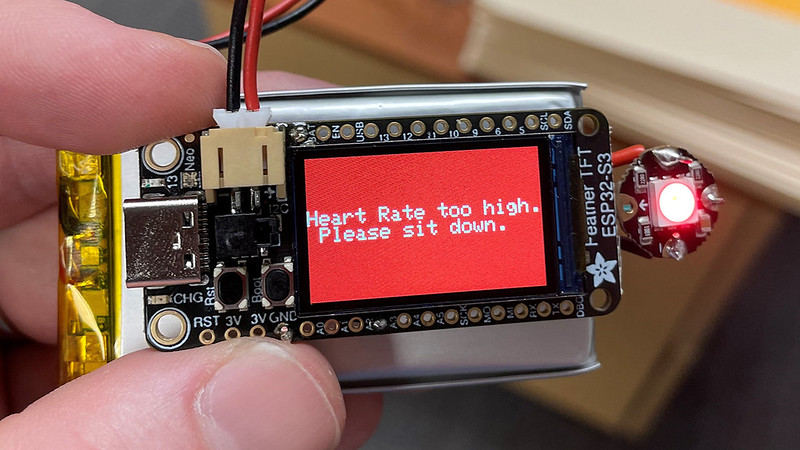
When a worker is too hot or has a dangerously elevated heart rate, COTVIS alerts others on the crew by illuminating with a red LED screen and a warning message. (contributed)
Small box, big responsibility
COTVIS looks like a small box that comfortably attaches to a construction worker’s belt, hard hat, vest or harness. It is designed to pull core body temperature and heart rate from an armband manufactured by the company Slate Safety and analyze data for signs of danger.
If it shows the worker is too hot or has a dangerously elevated heart rate, COTVIS will illuminate with a red LED screen and a warning message. Since the device is facing outward, other crew members will notice it light up and will know right away they need to get their co-worker to take a break.
“Construction workers tend to be stubborn when it comes to their personal well-being, but they are protective of each other,” Wetzel said. “The idea behind COTVIS was to take away the responsibility of the individual to say they’re having a problem and make it the function of everyone on a crew.”
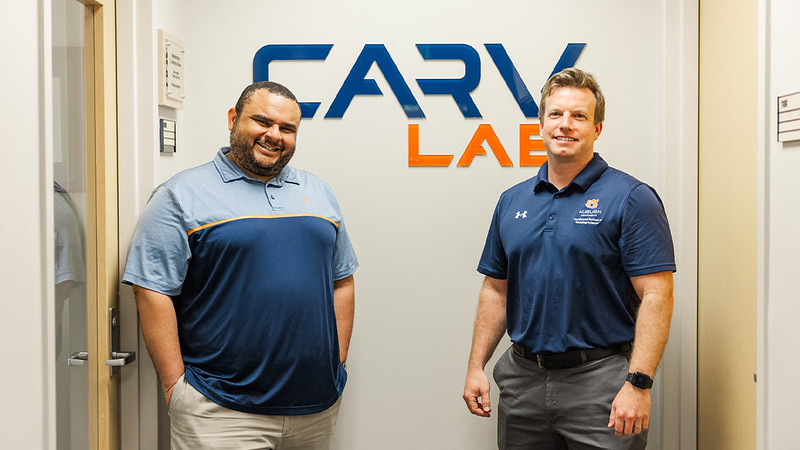
Short for Construction Automation, Robotics and Visualization, the CARV Lab at Auburn University is a hub for applied research in many subsets of artificial intelligence, including machine learning/deep learning, robotics and computer vision. Pictured are faculty members Ken Sands, left, and Eric Wetzel. (contributed)
CARVing out a path
In 2023, when Wetzel established the Construction Automation, Robotics and Visualization (CARV) Lab as an artificial intelligence (AI) research hub within the McWhorter School of Building Science, Sands was the first person he asked to join the lab. Faculty members who work at CARV do applied research in many subsets of AI, including machine learning/deep learning, robotics, computer vision and natural language processing.
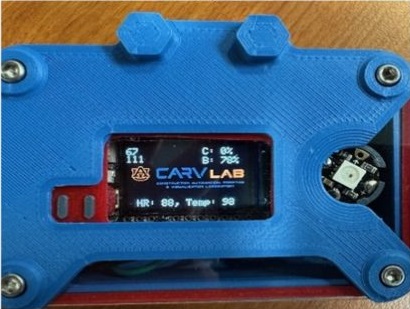
COTVIS, which easily attaches to a construction worker’s belt or hard hat, is a small device with a potentially big impact. (contributed)
While the lab is traditional in the sense that it pursues external funding, establishes academic and industry collaborations and publishes research, it is unique in its service mission.
In 2024 alone, the CARV Lab presented at a dozen K-12 schools and college events to educate and excite young people about the construction industry and the role of AI in the coming years. While those events are fun and engaging for students, the CARV Lab is becoming well-known in the construction industry as a place for cutting-edge research.
“We’re tackling some of the biggest challenges in the construction industry, like labor shortages, safety concerns and productivity issues in the CARV Lab,” said David Hinson, the college’s associate dean for graduate studies and research. “By teaming up with industry partners and different departments here on campus, we’re in a great spot to develop innovative technical solutions that will push our industry forward.”
Collaboration makes it happen
Sands and Wetzel, who met years ago while they were both pursuing doctorates, think they make a good team, thanks to Sands’ expertise in heat safety and Wetzel’s programming skills. But they say they couldn’t have done it without the help of their CADC colleague Rusty Lay, who designed the device’s housing, and doctoral students Caleb Powell and Muhammad Umer, who assisted with data collection and software development.
They also were supported by two internal CADC grants that helped fund their research and prototyping, and this past year, they received help from the Intellectual Property Exchange at Auburn in obtaining a provisional patent for COTVIS.
So, what’s next for COTVIS? Sands and Wetzel hope to publish their work and get their new device ready to go on the market.
“The heat safety research was inspired by the roofing industry and my prior work with the Roofing Alliance, but the device definitely was the brainchild of Eric,” Sands said. “Eric and I hope to continue innovating for the betterment of the industry and those who work in it.”
This story originally appeared on Auburn University’s website.
